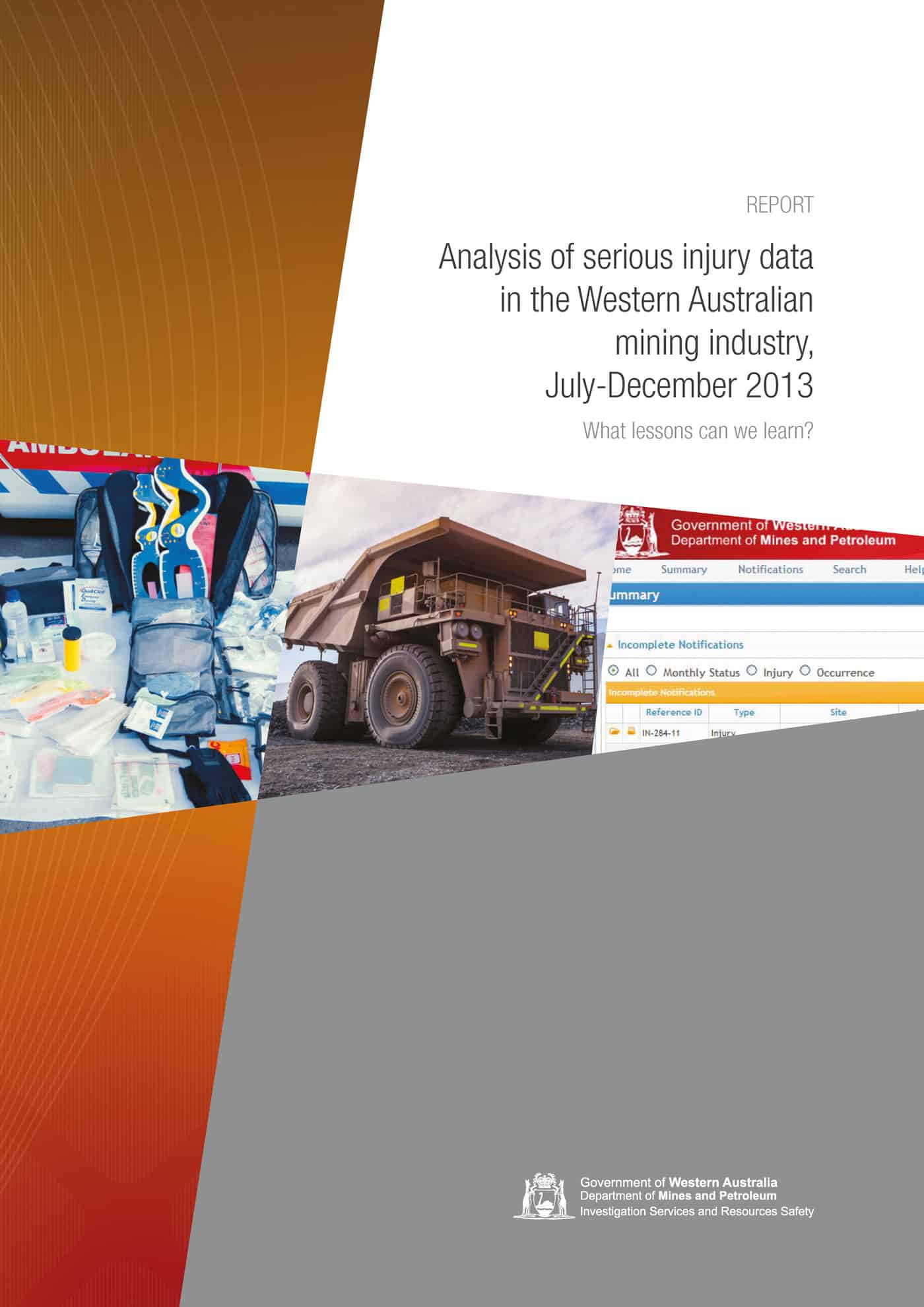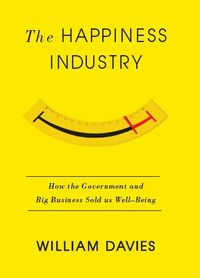On October 7 2016, Victoria’s trade union movement held a Young Worker Conference. The major public statement from that conference was the launch of a survey report called Young Workers Health and Safety Snapshot. The report has received some mainstream press which is not unusual for this type of trade union member survey. Almost twenty…
Tag: mental-health
Suicide Prevention Forum and Mental Health First Aid for workers
In March 2016, the Australian Bureau of Statistics released its latest figures into the causes of death. A lot of media attention was given to the figures showing an increase in the suicide rate. It found that
“Among those aged 15 to 44, the leading causes of death were Intentional self-harm (suicide)…”

On the day those figures were released, the
FIFO mental health challenges the way we do business
Old school OHS in mining
 In August 2015, Western Australia’s Department of Mines & Petroleum (DMP) released a statistical analysis that seems to do little more than confirm what is already known. It is important to validate data but the mining sector often promotes itself as leading in occupational health and safety (OHS) but this report seems dull and dated. Continue reading “Old school OHS in mining”
In August 2015, Western Australia’s Department of Mines & Petroleum (DMP) released a statistical analysis that seems to do little more than confirm what is already known. It is important to validate data but the mining sector often promotes itself as leading in occupational health and safety (OHS) but this report seems dull and dated. Continue reading “Old school OHS in mining”
Another $11billion mental health estimate
The exploitation of happiness
 As the Australian Government analyses the productivity of the workplace it is vital that that analysis reflects the modern workplace and management practice. At the moment Australian workplaces are awash with training programs focusing on resilience and happiness, implying that each individual can change and improve a workplace culture but there has always been an undercurrent of manipulation to these courses and seminars. A new book by William Davies provides a fresh perspective that, rightly, questions the motives behind this modern trend and provides an important historical context. (For those who can’t purchase the book but want to know more, look at this series of articles)
As the Australian Government analyses the productivity of the workplace it is vital that that analysis reflects the modern workplace and management practice. At the moment Australian workplaces are awash with training programs focusing on resilience and happiness, implying that each individual can change and improve a workplace culture but there has always been an undercurrent of manipulation to these courses and seminars. A new book by William Davies provides a fresh perspective that, rightly, questions the motives behind this modern trend and provides an important historical context. (For those who can’t purchase the book but want to know more, look at this series of articles)
Davies’s book, “
When developing a mental health/wellbeing plan, suicide should not be forgotten
 In developing harm reduction and prevention strategies, the occupational health and safety (OHS) profession likes to look at worst case scenarios on the understanding that dealing with an extreme event introduces mechanisms that deal with lesser events. Partly this is a legacy of Bird’s Pyramid. During this current month of attention on workplace mental health, the issue of work-related suicide is unavoidable as a worst case scenario for depression and mental ill-health. There are several new pieces of data on work-related suicides that OHS professionals need to consider as part of their own professional development and to increase their organisational and operational relevance.
In developing harm reduction and prevention strategies, the occupational health and safety (OHS) profession likes to look at worst case scenarios on the understanding that dealing with an extreme event introduces mechanisms that deal with lesser events. Partly this is a legacy of Bird’s Pyramid. During this current month of attention on workplace mental health, the issue of work-related suicide is unavoidable as a worst case scenario for depression and mental ill-health. There are several new pieces of data on work-related suicides that OHS professionals need to consider as part of their own professional development and to increase their organisational and operational relevance.
Mates In Construction
In October 2014, the Mates In Construction (MIC) program released a report on “The economic cost of suicide and suicide behaviour in the NSW construction industry and the impact of MATES in Construction suicide“. Below is a summary of some of its findings, in Australian Dollars:
“The average age of each suicide fatality among construction industry workers was 36.8 years and 37.7 years in QLD [Queensland] and NSW [New South Wales], respectively.”
“The average cost of a self-harm attempt resulting in a short-term absence from work is estimated at $925 in 2010 dollars.”
“Each self-harm attempt resulting in full incapacity is estimated at $2.78 million; and, each suicide attempt resulting in a fatality is estimated at $2.14 million”
“The key cost driver for full incapacity and a fatality is lost income, equivalent to 27.3 years productive years”
“Across all categories, the burden of cost associated with self-harm and suicide is borne largely by the government: 97% or $4.80 million of the total combined cost of $4.92 million.” (all in page 3)
